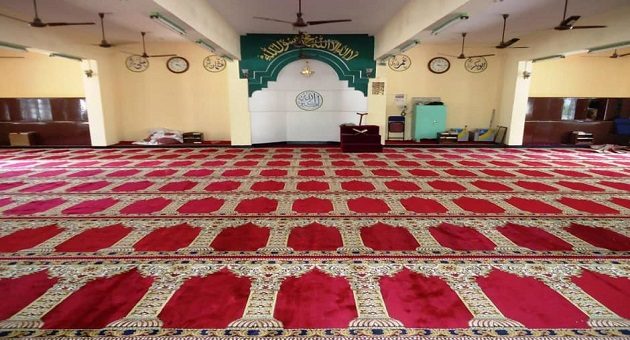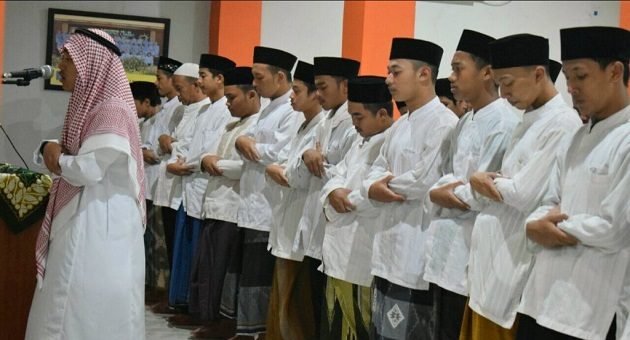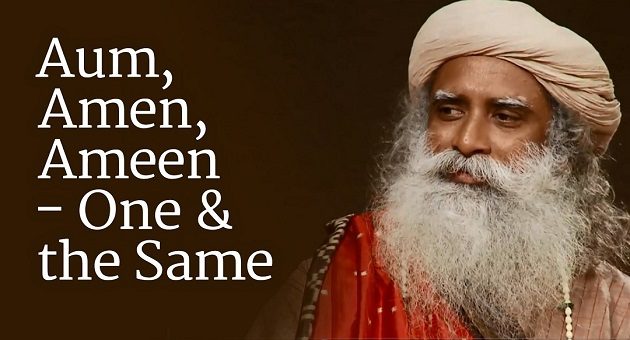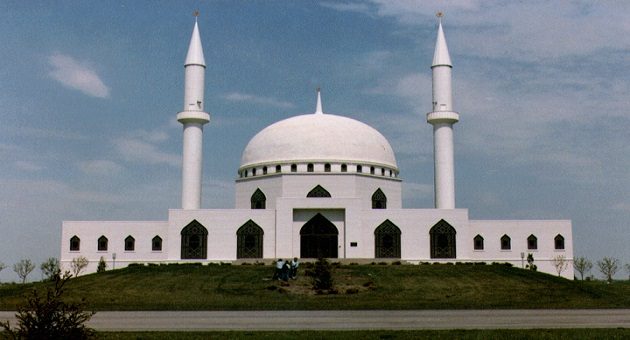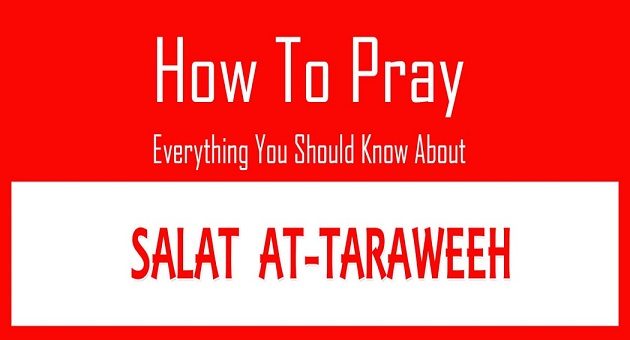In Islam, it is accepted that the destiny of every individual is in Allah’s grasp, so it isn’t the duty or right of individual Muslims to endeavor to “convert” others to the faith. The objective of da’wah, at that point, is just to share data, to welcome others towards a superior comprehension of the faith. It is, obviously, dependent upon the audience to settle on their own decision. In present-day Islamic religious philosophy, da’wah serves to welcome all individuals, both Muslims, and non-Muslims, to see how the worship of Allah (GOD) is depicted in the Quran and rehearsed in Islam. A few Muslims effectively ponder and participate in da’wah as.
The term Imam alludes to the Islamic prayer leader, a place of respect inside the Muslim people group. Imams are chosen for their devotion, learning of Islam, and aptitude in the recitation of the Quran. Furthermore, the imams of the Grand Mosque (Masjid Al-Haram) in Makkah hold a particularly significant position. The imams of Makkah hold a regarded situation with incredible duty. Their Quran recitation must be exact and welcoming since these imams have an exceptionally unmistakable job. Satellite and online TV presently communicate the petitions of Makkah live the world over, and the imam’s voices become synonymous with the blessed city and Islamic custom. Since they are guidelines otherworldly.
We already discuss some essential parts of a Mosque such as Prayer hall, Minaret, Dome and prayer rugs or carpets. Now we will discuss some other parts of the Mosque. Mihrab : The mihrab is an elaborate, semi-round space in the mass of the petition room of a mosque that denotes the course of the qiblah—the heading confronting Mecca which Muslims face during worship. Mihrabs fluctuate in estimate and shading, however, they are normally formed like an entryway and finished with mosaic tiles and calligraphy to make space stick out. Ablution Area : Ablutions (custom washing or wudu) are a piece of the planning for Muslim prayer. Once in awhile.
There is a lot of variety among mosques around the globe. Building materials and configurations rely upon the way of life, legacy, and assets of every nearby Muslim people group. However, there are various highlights that about all mosques share for all intents and purpose. Prayer Hall : Inside, the focal zone for prayer is known as a musalla (actually, “place for prayer”). It is purposely left very uncovered. No furniture is required, as admirers sit, bow, and bow legitimately on the floor. There might be a couple of seats or seats to help older or debilitated admirers who experience issues with versatility. Along with the dividers and mainstays of.
The Imam leads to Islamic prayer and supports the community with spiritual advice. An Imam is chosen at the community level. Individuals from the community pick somebody who is viewed as learned and insightful. The Imam should know and comprehend the Quran and have the option to recite it effectively and delightfully. The Imam is a regarded individual from the community. In certain communities, an Imam might be explicitly selected and employed and may have experienced some unique preparing. In other (littler) urban areas, Imams are frequently looked over among the current individuals from the Muslim people group. There is no widespread administering body to direct Imams; this is done.
Muslims, Jews, and Christians have numerous similitudes in the manner in which they implore, among them the utilization of the expression “so be it” or “Ameen” to end prayers or to accentuate key expressions insignificant prayers. For Christians, the end word is “so be it,” which they customary interpret as meaning “so be it.” For Muslims, the end word is very comparative, however with somewhat extraordinary elocution: “Ameen,” is the end word for prayers and is additionally frequently utilized toward the finish of each expression insignificant prayers. Ameen (additionally articulated ahmen, aymen, so be it or amin) is a word that is utilized in Judaism, Christianity and Islam to express.
A mosque (Masjid in Arabic) is a place of worship in Islam. In spite of the fact that petitions can be said secretly, either inside or outside, about each network of Muslims devotes a space or working for congregational supplication. The fundamental compositional segments of a mosque are handy in reason and give both congruity and a feeling of the custom among Muslims around the world. Minaret: The word minaret derives from the Arabic word for “lighthouse” or “beacon.” A minaret is a thin tower with overhangs or open exhibitions from which a mosque’s muezzin calls the dedicated to petition multiple times every day. Minarets are unmistakable conventional highlights of.
The imams of Makkah are chosen and delegated by an illustrious pronouncement by the Custodian of the Two Holy Mosques (King) of Saudi Arabia. There are generally a few imams on record, as they share obligations during different occasions of day and year, and fill in for each other in the event that at least one is missing. The imams of Makka are commonly very knowledgeable, multilingual, amiable, and have recently filled in as imams of other driving mosques in Saudi Arabia before accepting their arrangements to Makka. Here are some of the leading Imams of Mecca. Sheikh Abdulla Awad Al-Jahny. Imam of the Grand Holy Mosque since 2008. Sheikh.
Eid al-Fitr or the “Celebration of Breaking the Fast” is one of the most celebrated of every Muslim occasions, saw by 1.6 billion Muslims around the globe. During the whole month of Ramadan, Muslims watch a severe fast and take an interest in devout exercises, for example, charity-giving and harmony making. Toward the finish of Ramadan, Muslims all through the world break their fast and praise their achievements in Eid al-Fitr. Eid al-Fitr falls on the first day the month of Shawwal, which signifies “To Be Light and Vigorous” or “Lift or Carry” in Arabic. Shawwal is the name of the month that pursues Ramadan in the Islamic schedule. The.
The prayer can be extremely long (well over 60 minutes), during which one stands upstanding to peruse from the Quran and performs numerous cycles of development (standing, bowing, prostrating, sitting). After every one of the four cycles, one sits for a short time of rest before proceeding—this is the place the name Taraweeh (“rest prayer”) originates from. During the standing bits of the prayer, long areas of the Quran are perused. The Quran is isolated into equal parts (called juz) to peruse areas of equivalent length during every one of the Ramadan evenings. Consequently, 1/30 of the Quran is perused on progressive nighttimes, so that before the month’s over the.








